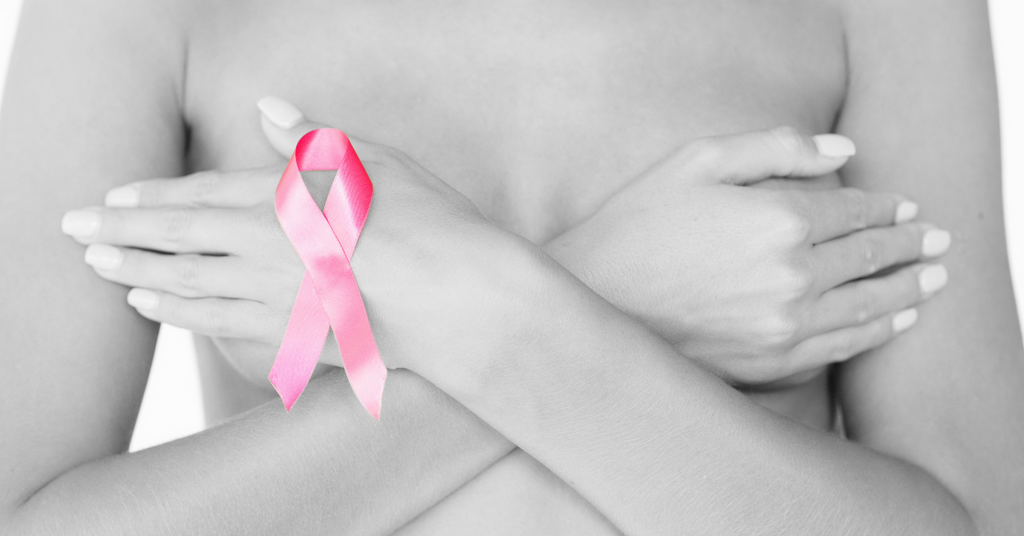Know Your Risk!

"Cancer affects all of us, whether you're a daughter, mother, sister, friend, coworker, doctor, or patient." — Jennifer Aniston

As part of their Pink Power Series, the Today Show recently featured a guest who discussed the different aspects of breast cancer – for awareness month. Her name is Marisa Weiss, M.D., the chief medical director and founder of breastcancer.org. She practices at Lankenau Medical Center where she’s director of breast radiation oncology and director of breast health outreach and, as a breast oncologist, she’s practiced in the Philadelphia area for more than 35 years.
Dr. Weiss is also a breast cancer survivor.

Dr. Weiss discussed personal risk, screening & detection, signs & symptoms, lowering risk, and life during treatment. Here’s a summary of what she had to say.
ASSESSING PERSONAL RISK
There are several factors that can increase your personal risk of developing breast cancer:
-
Family History
It is not uncommon for women with no family history or inherited gene abnormality to develop breast cancer. That’s the case about 75% of the time, according to Dr. Weiss. However, family history of certain cancers may put you at higher risk.
- Breast
- Ovarian
- Prostate
- Pancreatic
- Melanoma
-
Genetics
You may be at higher risk for breast cancer because of an inherited gene. Your doctor can help you decide whether or not to consider genetic testing.
-
Background
Some of us are predisposed to a higher risk of developing breast cancer. Dr. Weiss, discussed this briefly in her presentation. We decided to look a little deeper, so we went to the Susan B. Komen foundation for some details.
- Dense breasts may put you at higher risk and your doctor may order testing that goes beyond a conventional mammogram – like a digital mammogram or an ultrasound.
- Race and ethnicity can impact our risk of developing breast cancer, because some risk factors are more prevalent in certain racial and ethnic groups than in others.
- Age at first period
- Age at menopause
- Age at first childbirth
- Body weight
- Breast feeding
- Number of childbirths
- Menopausal hormone therapy
Overall White women have a higher incidence of breast cancer than Black, Asian, Hispanic, and Native American women. This fact is believed to be attributable to risk factors including: having children when they’re older, having fewer children, and using menopausal hormone therapy. However, Black women are more likely to die from breast cancer. As a group, they’re diagnosed at a younger age, at later stages, and with more aggressive subtypes that are difficult to treat. Native, Asian, and Hispanic women have lower lifetime and mortality rates for the most part.
Women with Ashkenazi Jewish heritage (Eastern European descent) are more likely to inherit the BRCA1 and BRCA2 gene mutations.
Here’s what lifetime risk and mortality looks like by race & ethnicity (Source: 2017-2019 SEER data, 2022).
Race/Ethnicity Lifetime Risk Mortality Rate
White 14% 19.9
Black 12% 28.0
Asian & Pacific Islander 12% 17.8
Hispanic 11% 11.7
American Indian & Alaska Native 10% 13.7
# of
breast cancer
deaths per
100,000
women
-
Age
Risk for breast cancer increases as we grow older. However, about 20% of breast cancer happens before the age of 50.
Assess your risk with your doctor or medical provider and
make a plan to lower your risk.

SCREENING & DETECTION
Breast cancer is highly treatable and most people (over 90%) survive when it’s caught early. So, detection is important!
- Regular self-exams
- Yearly mammograms beginning at age 40
- Comprehensive breast exam by your doctor or nurse practitioner once a year
- Get additional screening if your risk is higher due to family history, inherited gene, or dense breasts):
- Add an ultrasound to your mammogram
- Get an MRI six months after your mammogram and repeat based on your doctor’s recommendations.
Schedule right away, if you missed your screening during the pandemic.
SIGNS & SYMPTOMS
Staying aware of your body is key. Here's what Dr. Weiss says we should look for when it comes to breast cancer.
- Lump or thickening in the breast or armpit
- Swelling
- Skin dimpling or redness
- Breast pain or discomfort
STEPS TO LOWER YOUR RISK
You’ll notice that these are the same steps we take to improve and maintain our overall health:
- Healthy weight
- Regular exercise (even 10 minutes a day makes a big difference, according to Dr. Weiss)
- Eat a nutritious diet
- Limit alcohol use
- Quit smoking

LIFE DURING TREATMENT
Here are some tips from Dr. Weiss that can be helpful if you are in treatment for breast cancer.
- Get your questions answered
- Write them down as you think of them
- Refer to your list when you visit your doctor and get answers to your medical questions to reduce uncertainty and so you’ll know what to expect
- Ask for help – lean on friends and family
- Attend to your mental health care
- Find community support

There's an abundance of breast cancer awareness messaging this time of year. It's easy to tune it out. Just remember that breast cancer is real and 1 out of 8 of us will experience it in our lifetimes. However, early detection and treatment results in a survival rate that's about 97.5%, according to the American Cancer Society.
Please stay up on your self-checks and mammograms - and remind your friends and family. Together we're stronger!
Want to keep reading? There's lots of information out there. Here are a couple of links to get you started.
This is the online resource founded by Dr. Weiss:
Breastcancer.org


Leave a comment